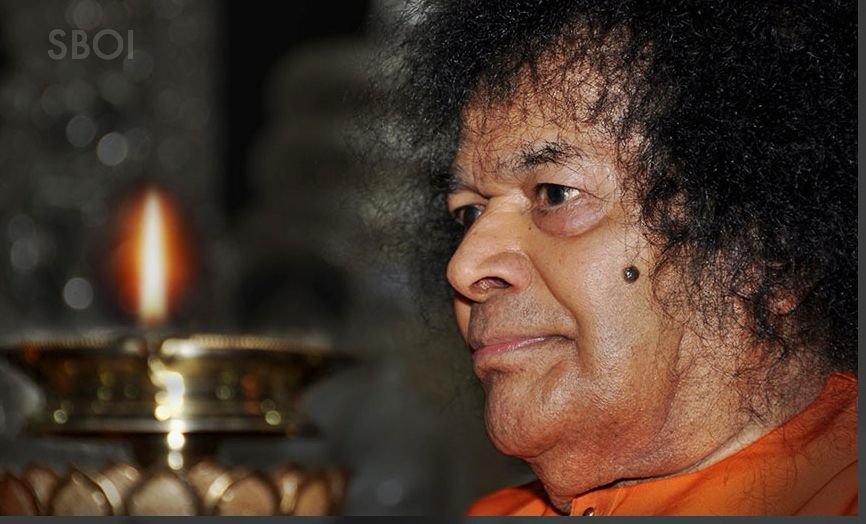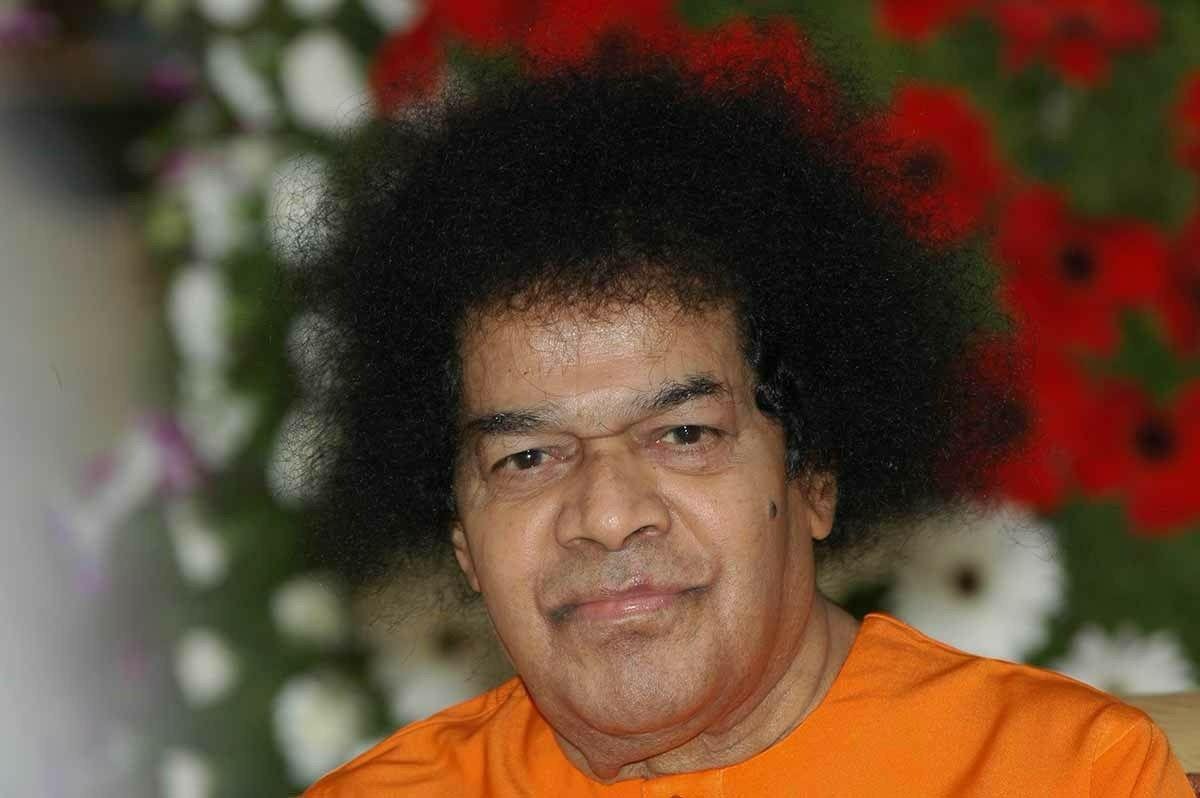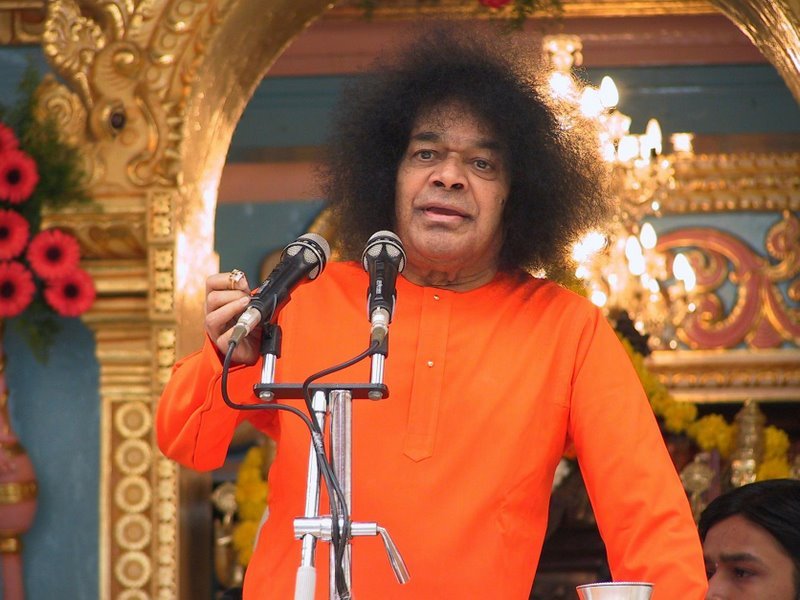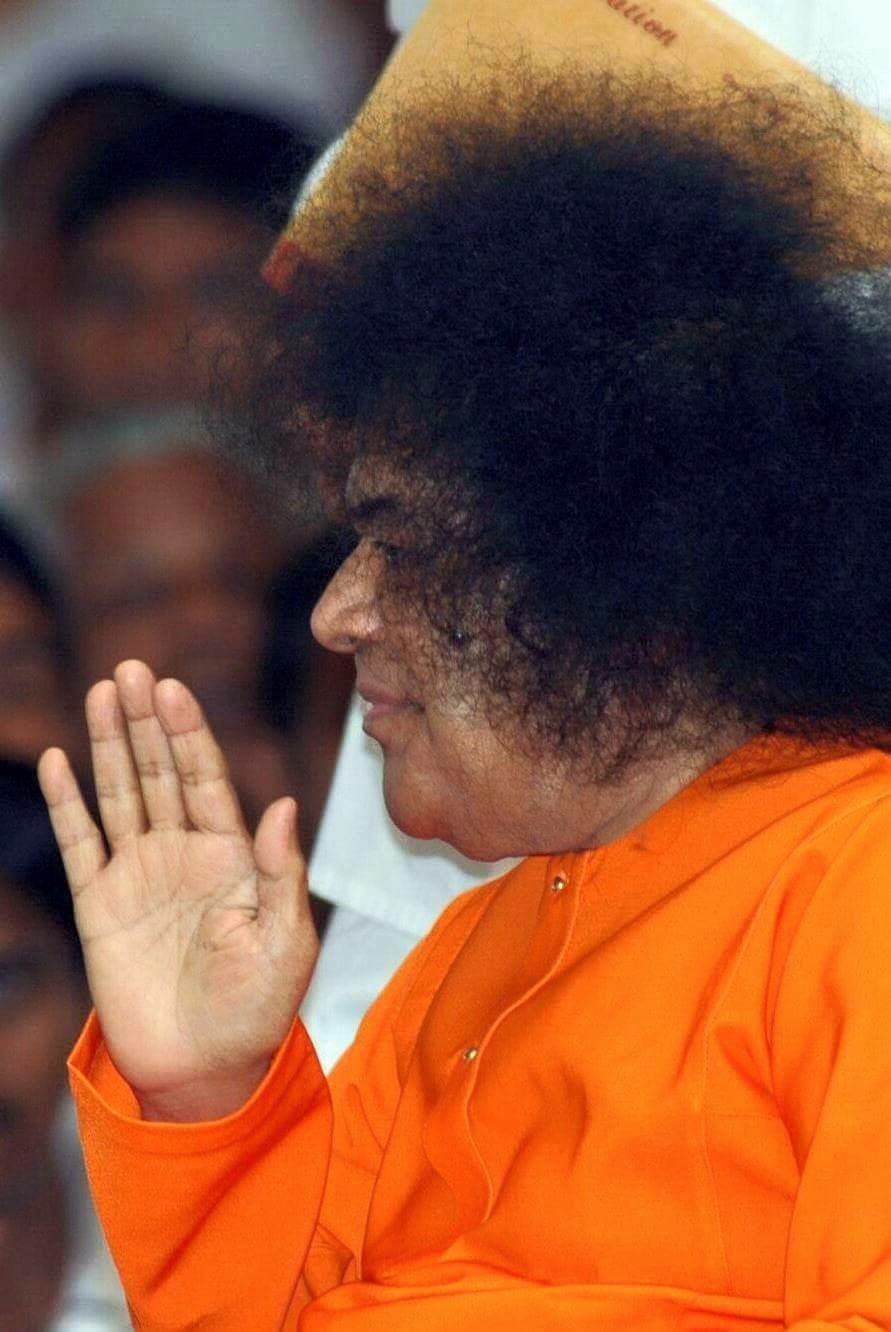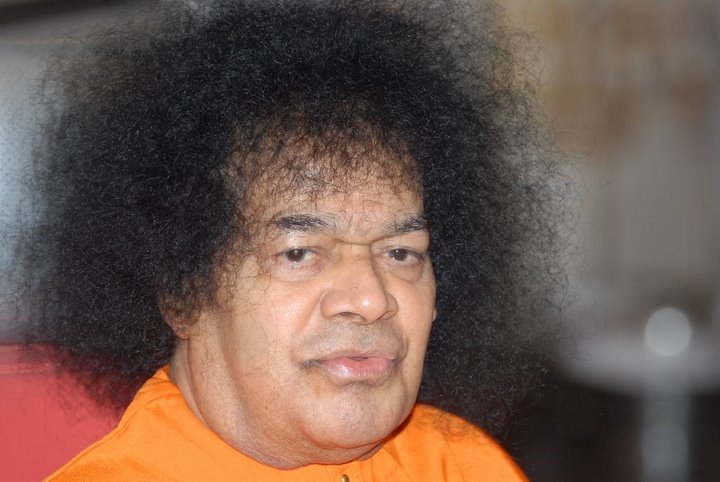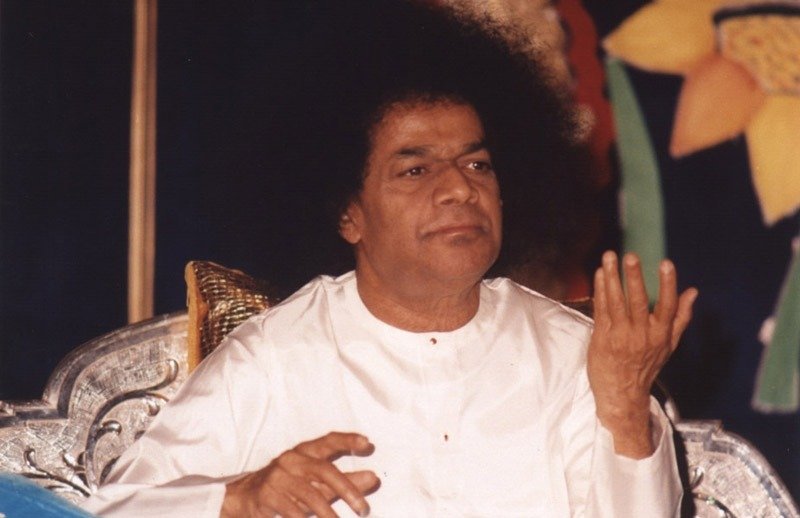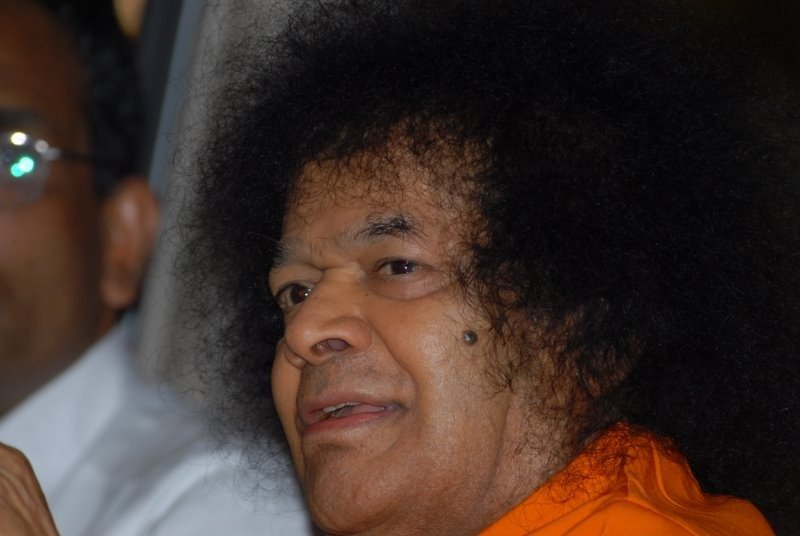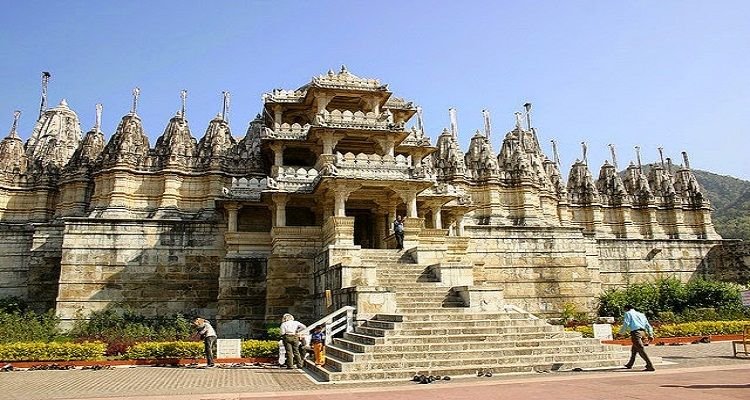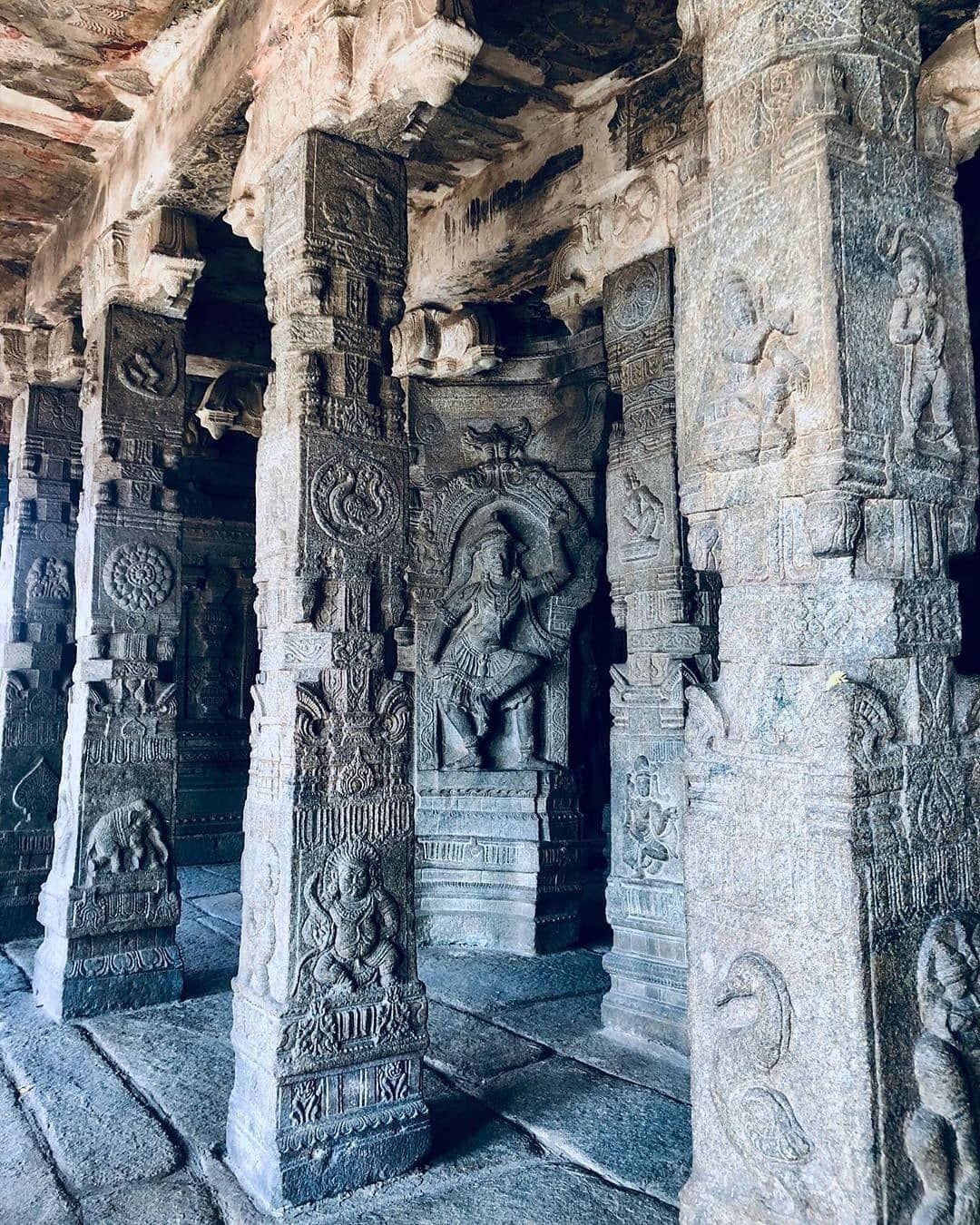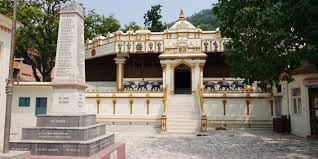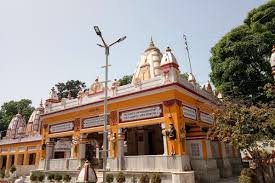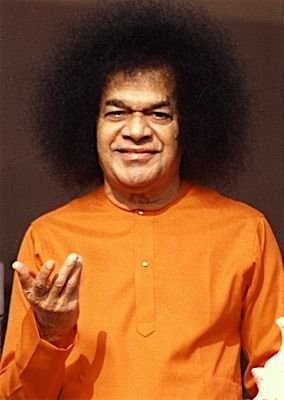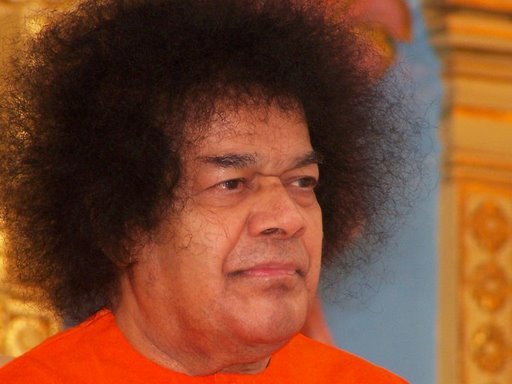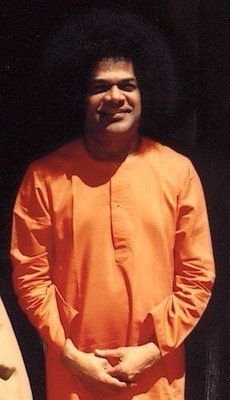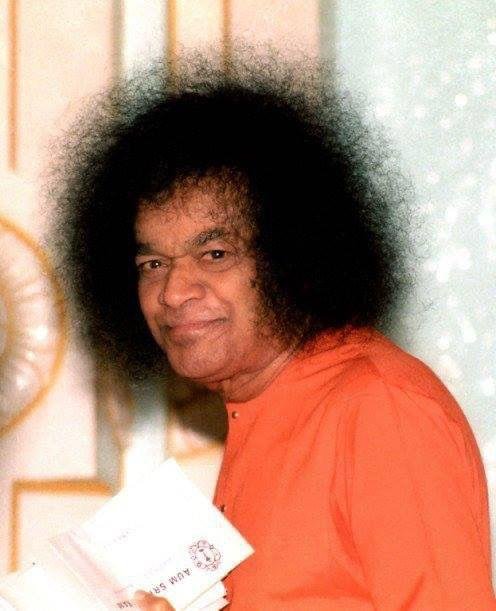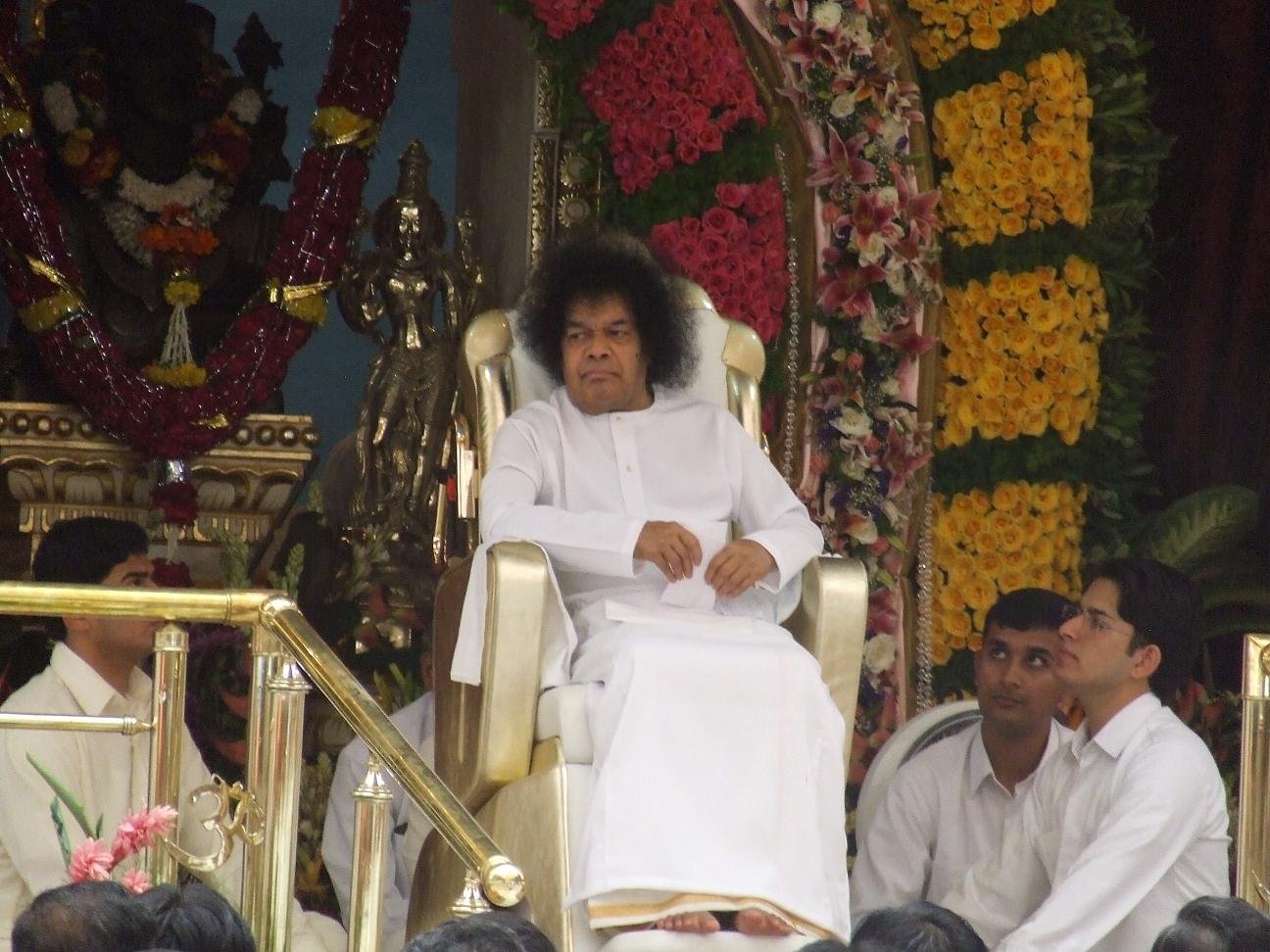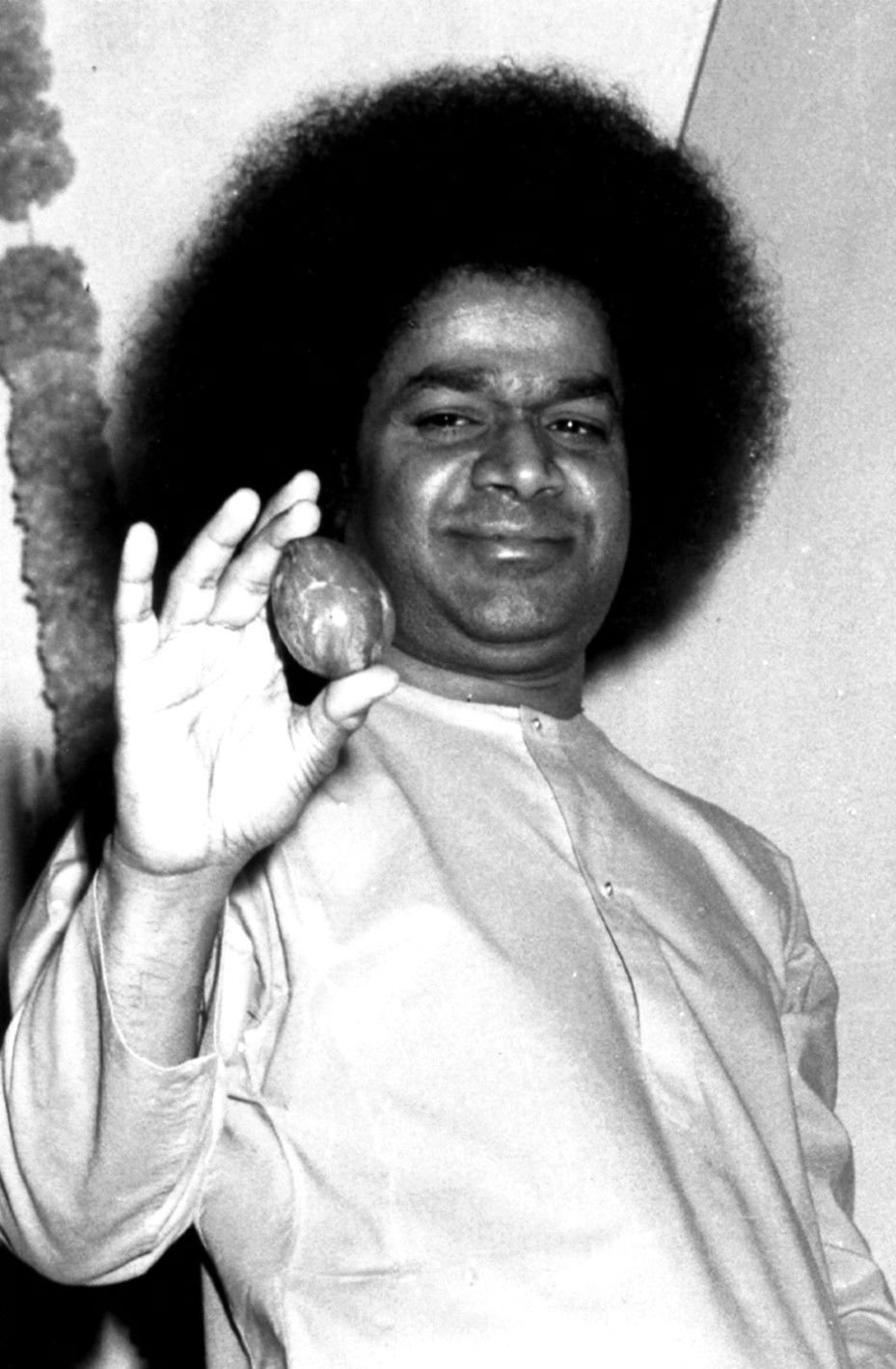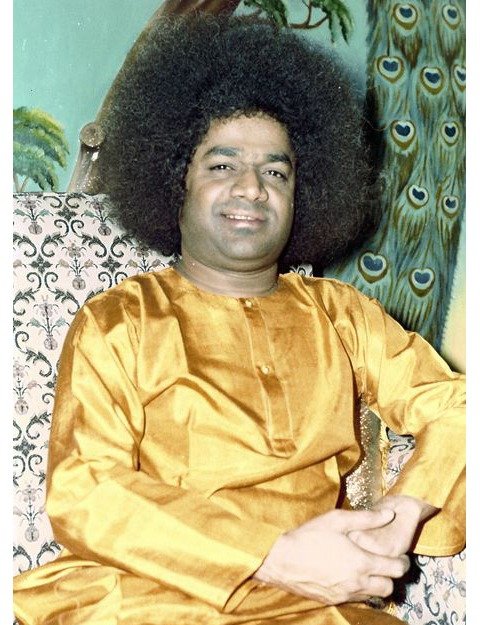Lepakshi Village
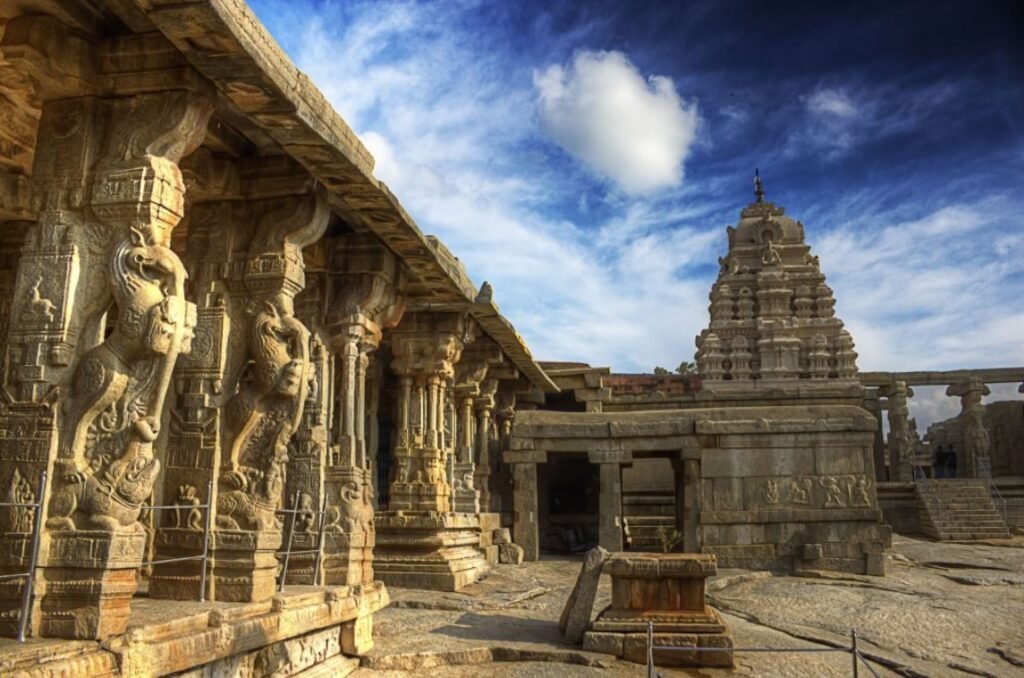
🏛️ Lepakshi Village, Andhra Pradesh
Two-Line Description:
Lepakshi is a historic village in Andhra Pradesh, renowned for its Veerabhadra Temple and exceptional Vijayanagara-era architecture.
It is a cultural and spiritual hub, attracting pilgrims, historians, and art lovers alike.
Slogan:
“Where Myth, Devotion, and Art Come Alive in Stone!”
🕉️ Mythological Significance & History
Lepakshi is steeped in Hindu mythology and history. Its very name is said to originate from the phrase “Le Pakshi”, meaning “Rise, Bird!”. According to legend, Jatayu, the noble eagle from the Ramayana, was mortally wounded while fighting Ravana to save Sita. Lord Rama, passing through the area, revived Jatayu with the words “Le Pakshi”. This event is believed to have taken place in Lepakshi, giving the village both its name and its mythological significance.
The village rose to prominence during the Vijayanagara Empire in the 16th century, becoming a center for art, architecture, and temple building. The Veerabhadra Temple, dedicated to Lord Veerabhadra — an incarnation of Lord Shiva — is the centerpiece of the village. This temple is famed for its intricate carvings, elaborate murals, and architectural marvels, reflecting the devotion, skill, and artistic excellence of Vijayanagara artisans.
🏛️ Significance of the Village & Temple
Lepakshi serves as both a spiritual and cultural landmark. Devotees come to the Veerabhadra Temple to offer prayers and seek blessings, while historians and art enthusiasts admire its architecture and artistry. The village stands as a testament to the rich heritage of the Vijayanagara Empire and continues to inspire awe with its sculptures, frescoes, and monolithic creations.
Key Highlights:
- Hanging Pillar: A structural marvel; one of the temple’s pillars seems to float without support.
- Monolithic Nandi Bull: The largest Nandi in India, carved from a single granite stone, positioned in front of the temple.
- Frescoes & Murals: Walls and ceilings adorned with vibrant paintings depicting Hindu epics, gods, and celestial beings.
- Intricate Stone Carvings: Every pillar, doorway, and wall is sculpted with precise detailing and symbolic motifs.
🏗️ Architecture
The Veerabhadra Temple of Lepakshi is a quintessential example of Vijayanagara-style architecture. Its features include:
- Mandapas and Pillars: Ornate stone pillars with elaborate carvings of deities, dancers, and mythical creatures.
- Murals and Frescoes: Bright, intricate paintings on ceilings and walls, depicting stories from the Ramayana and other Hindu texts.
- Sculptural Excellence: The temple boasts statues and reliefs that reflect both artistic finesse and religious devotion.
- Nandi Bull and Hanging Pillar: Iconic elements that showcase both devotion and architectural ingenuity.
The temple’s layout and design create a serene, meditative environment, allowing visitors to experience both spiritual connection and appreciation of historical artistry.
🚗 How to Reach Lepakshi
- By Air:
- Bangalore International Airport: ~120 km
- Vijayawada Airport: ~200 km
- By Train:
- Guntakal Railway Station: ~15 km from Lepakshi
- By Road:
- Well connected by Andhra Pradesh State Road Transport Corporation (APSRTC) buses.
- Private taxis or self-driving from nearby cities like Anantapur, Bangalore, or Guntur are convenient.
Local transport, including auto-rickshaws and taxis, is available from Guntakal and nearby towns to reach the village and temple.
⏰ Temple Timings
- Morning: 6:00 AM – 12:00 PM
- Evening: 4:00 PM – 7:00 PM
- Open daily for devotees and tourists.
🌟 Why Visit Lepakshi?
Lepakshi Village is a must-visit destination for those seeking a blend of spirituality, mythology, and history. Visitors can:
- Witness one of India’s finest examples of Vijayanagara art and architecture.
- Experience devotion and spiritual tranquility at the Veerabhadra Temple.
- Admire the monolithic Nandi and the hanging pillar, engineering marvels of the era.
- Explore the rich murals and carvings that narrate stories from Hindu epics.
Whether you are a pilgrim, historian, artist, or traveler, Lepakshi offers a timeless journey through mythology, faith, and artistic brilliance.
Lepakshi Village – A Spiritual and Cultural Marvel
Lepakshi, a historic village in Andhra Pradesh, is renowned for its Veerabhadra Temple and rich Vijayanagara-era architecture, making it a treasure trove for pilgrims, historians, and art enthusiasts alike. According to legend, the village gets its name from the phrase “Le Pakshi” or “Rise, Bird!”, uttered by Lord Rama to revive Jatayu, the noble eagle from the Ramayana. Flourishing during the 16th century under the Vijayanagara Empire, Lepakshi became a center for exquisite temple art, sculptures, and murals. The Veerabhadra Temple is the highlight of the village, dedicated to Lord Veerabhadra, an incarnation of Shiva, and is famous for its intricate carvings, vibrant frescoes, the massive monolithic Nandi, and the engineering marvel known as the hanging pillar. The temple’s walls and ceilings depict detailed stories from Hindu epics, reflecting the devotion and artistic mastery of the period. Lepakshi’s architecture and serene surroundings create a perfect blend of spirituality, mythology, and history, allowing visitors to experience divine blessings while admiring India’s rich cultural heritage. Easily accessible by road, rail, and nearby airports like Bangalore and Vijayawada, the village is open daily for devotees and tourists, making it an unmissable destination for those seeking both spiritual peace and historical marvels.
Lepakshi, located in Andhra Pradesh, is a remarkable village celebrated for its Veerabhadra Temple, which stands as a testament to the grandeur of Vijayanagara-era architecture. Steeped in mythology, the village derives its name from the phrase “Le Pakshi” or “Rise, Bird!”, spoken by Lord Rama to revive Jatayu, the heroic eagle of the Ramayana. This legend, intertwined with the serene ambiance of the village, gives Lepakshi a unique spiritual aura that attracts devotees and pilgrims from across India. Established in the 16th century under the patronage of the Vijayanagara rulers, the village flourished as a hub for temple art, sculpture, and mural painting, showcasing the mastery of ancient artisans.
The Veerabhadra Temple is the crowning glory of Lepakshi, dedicated to Lord Veerabhadra, an incarnation of Lord Shiva. It is renowned for its intricate stone carvings, depicting deities, celestial beings, and episodes from Hindu epics, along with vibrant frescoes on its ceilings that have withstood centuries. The temple also features the largest monolithic Nandi in India, carved out of a single granite stone, and the hanging pillar, a wonder of engineering that appears to defy gravity. Every corner of the temple narrates stories of devotion, heroism, and divine intervention, making it not just a spiritual site but also an open-air museum of history and art.
Beyond the temple, Lepakshi’s peaceful surroundings and traditional village lifestyle enhance the visitor’s experience, offering a glimpse into the cultural richness of South India. The village is easily accessible by road, rail, and air, with Guntakal Railway Station nearby and airports in Bangalore and Vijayawada within reach. Daily visitors can witness rituals, explore the temple complex, and immerse themselves in the harmonious blend of mythology, architecture, and devotion. Lepakshi remains a living monument where history, spirituality, and artistry converge, making it a must-visit destination for travelers, historians, devotees, and anyone seeking a profound cultural and spiritual experience.



